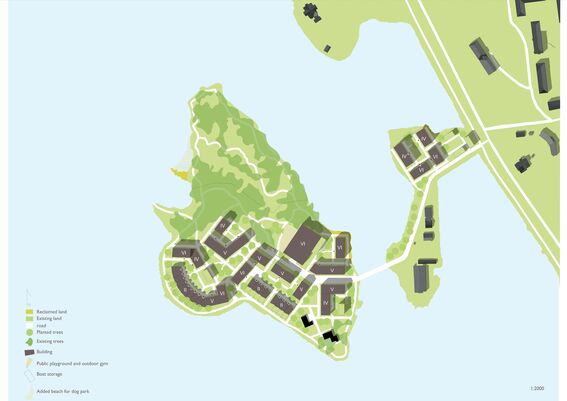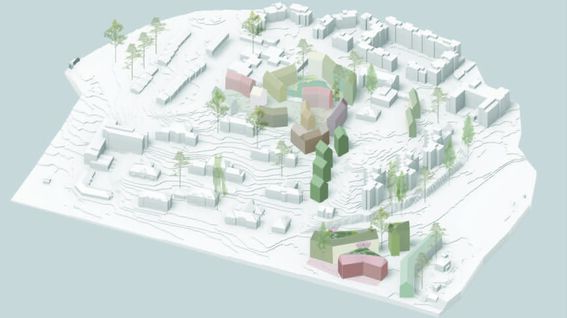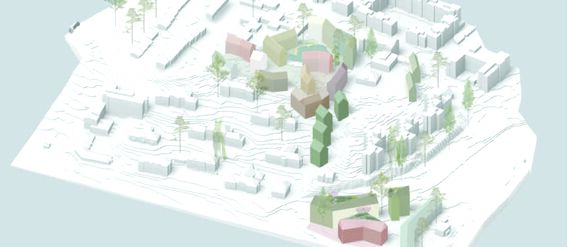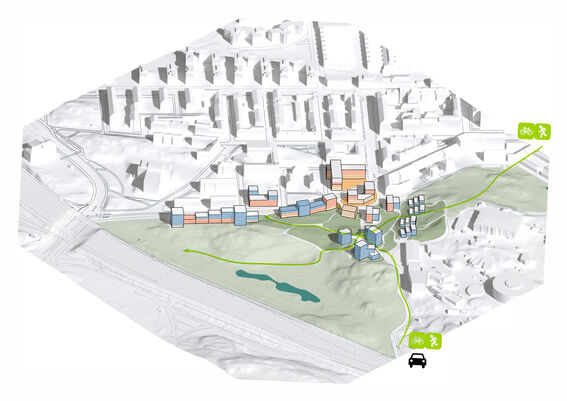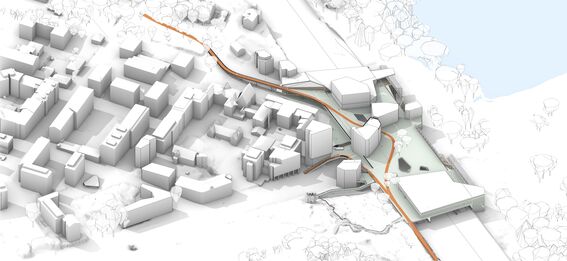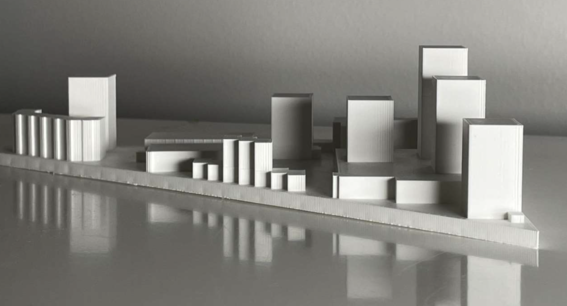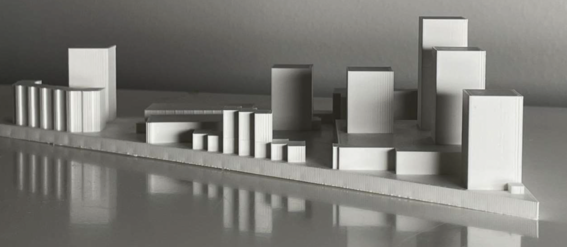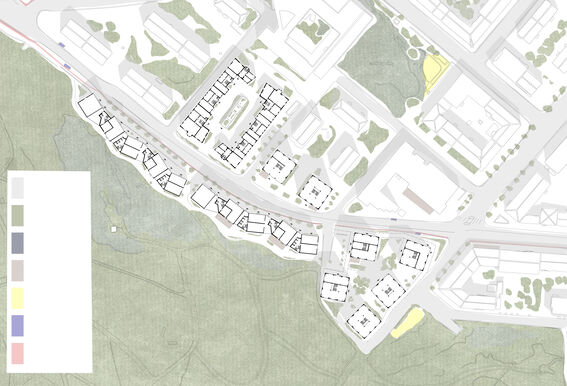Capstone studio, autumn 2024 – Vitalising the centre of Helsinki

Introduction
This course was arranged in collaboration with the City Planning Bureau of the City of Helsinki, contributing to their development programme aimed at revitalising the city centre. Our task was to design housing and workplaces for 10,000 people on the Helsinki peninsula. The eight study areas were identified jointly with the City.
A lively and attractive centre is very important for Helsinki. In the city’s new strategy, several recorded goals address the development of the city core. Furthermore, the importance of art and culture in creating a vibrant urban experience is particularly emphasised in the centre, where many events are organised. The City of Helsinki aims to enhance the attractiveness of the centre, increase both the number of residents and visitors, and foster new enthusiasm in cooperation with other key stakeholders. Restoring the vitality of Helsinki’s core centre requires swift and forward-looking actions to prevent stagnation and ensure the creation of new homes and jobs. It is very positive that the City of Helsinki is developing the core centre’s appeal in close cooperation with us.
Several cities around the world have successfully revitalised their centres through new residential construction and the creation of workplaces. We began by analysing these reference projects. The students approached the task in a multidisciplinary way, aiming to understand the diverse and complex factors that contribute to the attraction of inner cities. The course aimed to generate ideas and theses that could be applied in a variety of contexts. Densification projects and the promotion of residential construction can create new opportunities for living, working, and leisure in the city centre, while still preserving its historical and cultural identity.
Our sub-themes of revitalisation included:
- Sustainable residential construction
- All forms of housing, including social housing, rental and owner-occupied housing, hotels, etc.
- New forms of housing (community living, cluster apartments, partially shared living spaces)
- Housing services
- expansion of existing buildings (adaptive reuse — raising, extending, and thickening)
- Collaborative processes for creating additional apartments and workplaces
- Repurposing underused or incorrectly used parking areas; moving parking spaces off-ground
- The effects of lowered speed limits on development and creating more space this way
- Change of use, e.g., conversion of office and commercial buildings into apartments
- Construction of modern residential buildings within old urban blocks
- Development of public transport hubs and stops
- Enhancing nature and biodiversity through residential construction
- Creation of new green loops (networks of green spaces)
- Integration of maritime nature into local recreational and natural areas
- Increasing community squares and local services alongside new residential construction
- Fostering a sense of community and improving comfort in the city
- Improving the surrounding environment and public spaces simultaneously
- Construction in water areas (land reclamation, floating structures, or seabed foundations)
- Residential concentrations for people from creative and knowledge-intensive industries
- Supporting local art and cultural life
- Exploring possible city incentives to promote urban environment development and residential construction







